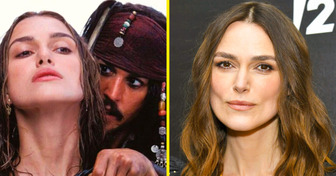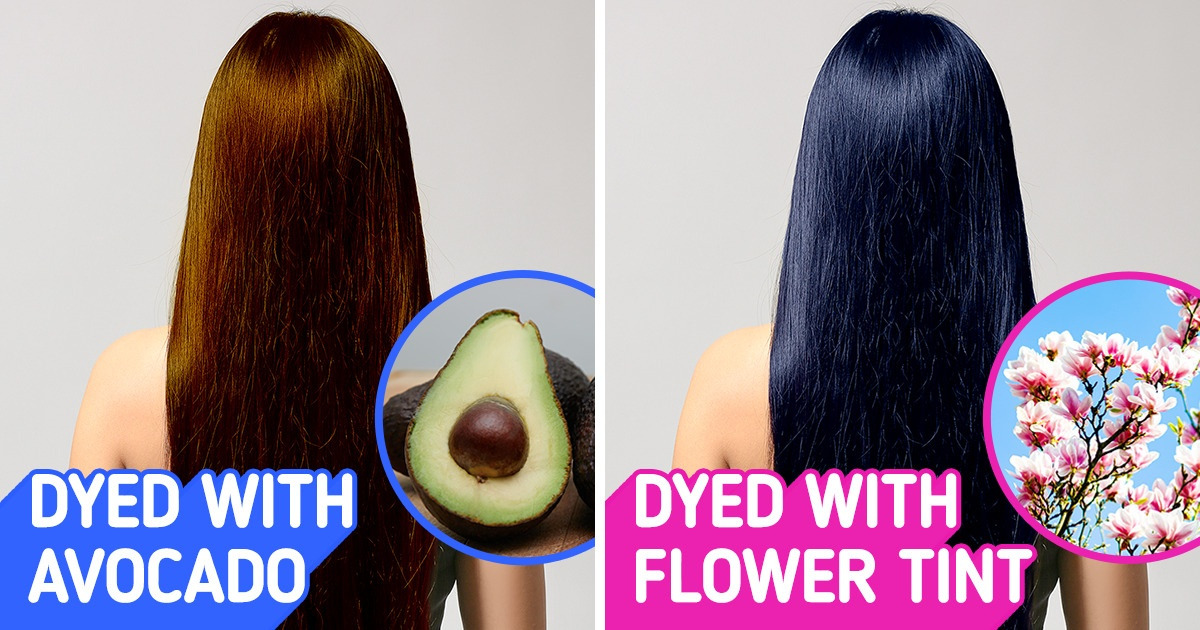Keira Knightley Had to Go Through Years of Therapy to Overcome Trauma After Pirates of the Caribbean


While on the other side of the world, civilizations during the medieval era struggled with hygiene problems like the bubonic plague, the Aztec culture had already developed its own healthcare system. Aztecs are one of the pioneers of organic beauty and, as a legacy, they have left us a series of practices that we continue to use in the present.
We at Bright Side selected a list of the Aztec Empire practices that show us how organic beauty has evolved and that, in terms of health, they’ve never sacrificed their well-being.
Daily aromatic baths were essential for this culture. They had different ways of making perfumes and deodorants that would give them that clean feeling 24/7. Using different plants to create herbal juice, sweet-smelling flowers, and powdered bone, they used to make mixtures that they applied as deodorants under their armpits.
On the other hand, they had their own version of perfumes made from copal gum, liquid amber oil, and balsam oil. They also added their personal touch with shredded flowers, fruits, grains, and pine needles.
A clean face was a sign of purity. Pioneers in favor of natural beauty, it was believed that less was more. Most of these beauty practices were done as a ritual for finding a husband. Aztec women used to wash their faces and keep makeup to a minimum, applying a yellow cream made from pulverized axin, which is an insect from tropical rainforests which gave a dazzling appearance to the complexion. And on special occasions, women used to tint their lips with a natural rouge tint.
To maintain their “eternal youthful appearance” they used to apply face masks with a secret ingredient — mixing different herbs they added pigeon poop. Yes, you read it. This special ingredient was believed to work miracles with the skin.
If you struggle to take a bath daily, now imagine having 2 daily baths, plus, sometimes, getting up at night to bathe in cold water. Aztecs took cleanliness very seriously. Their version of soap was made either from the fruit of the copalxocotl tree or from the roots of the amolli plant. Both of them generate a lather which was used for body washing and laundry.
Beyond hygienic purposes, this Aztec culture believed in the connection between body and soul. When merchants had to travel for long periods of time, as a sign of sacrifice, they avoided these types of natural washing methods. On the other hand, when the prisoners were about to be sacrificed, they were given a bath before meeting with the other ancestral side.
We call this the ancient spa routine. Known as temazcal, the place where steam baths were taken, it was a practice very popular among cultures in Mexico and Central America. Even if it was just for mere relaxation, steam baths were also taken for purification, to cure some types of illness, and also to help pregnant women when giving birth.
An Aztec steam bath consisted of a windowless room with a stone oven where a fire was built. When it was hot enough, cold water was thrown on it and clouds of steam were formed. There was always another person who attended the bather giving him or her a kind of massage with bushes to improve body circulation.
Dental care was another topic of interest. To brush their teeth they employed different methods like washing them with a mixture of salt, chili, and tree bark, and rubbing them with charcoal, white honey, and white ashes.
Also, this might sound familiar to you. Chewing gum was another alternative to keep the breath fresh and sweet, serving also as a symbol of social status. And in extreme cases, when it was necessary to remove teeth their own version of anesthesia consisted of a mixture of vinegar and rattlesnake venom. Would you dare?
When we say that the Aztecs took their appearance seriously, we mean it. During his exploration in Tenochtitlán, Hernán Cortés noticed that they had barber shop-like establishments where residents used to go to get their hair done. Hairstyles and haircuts were also other identifiers of social status.
Normal men used to wear short haircuts, while the distinguished class wore them long and pulled back. Women had a variety of hairstyle options but there were 2 trends that caught our attention. They used to wear avocado oil as a hair conditioner and xiuquilitl, which is a natural tint that comes from a flower, to dye their hair in an indigo color.
We want to know what other beauty secrets your culture has. Share them with us!











